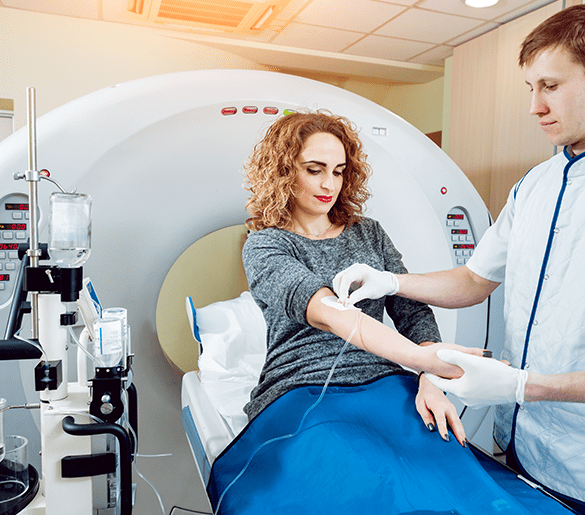MUSCULOSKELETAL & ACCIDENTAL INJURIES TREATMENT - DALLAS

What is the Role of Supply Splints and Crutches in Musculoskeletal Injuries?
Splints and crutches have many uses in medical sciences. It is useful in musculoskeletal injuries treatment including a broken ankle, broken foot, or shoulder fracture. It helps to sustain the weight of the individual. Splints and crutches are also useful in soft tissue injuries, as they provide walking support to the patient. It reduces the strain on damaged tissues.
Crutches are easy to carry and are lightweight. It can fit in enclose and small spaces as well. So, crutches and splinters not only mobilize your injured parts. But, it also builds strength.
24 Hours Medical Care Facility You Want in an Emergency Room, No Wait
What Conditions Require the Use of External Orthopedic Devices and or Crutches?

Do You Need a CT Scan Now?
A CT Scanner is one of the quickest and more accurate examinations and diagnostic tools available in modern medicine, and because of this, it has become an invaluable tool to emergency physicians around the globe.
What Accidental Injuries Does Splinters and Crutches Treat?
Musculoskeletal injuries and accidental injuries can happen while playing sports, stumbling while walking, or during a nasty fall. Such conditions require a person to use splinters and crutches for some time. These orthopedic devices are useful in musculoskeletal injuries treatment.
Splints and crutches are useful during leg and limb injury. It gives support to the body and accelerates the healing of the affected part. A person can lift his weight during injuries using these tools. Some of the widely use of orthopedic devices are as follows:
- Splints: A splint is a medical apparatus that protects the injured part from more damage. It is crucial in stabilizing the injured or fractured bone. It can sustain the weight of the individual. It can keep the broken bone in a stable position until it is fully healed.
- Braces: They provide alignment, stability, and protection to bones, muscles, and joints.
- Walking Boots: These devices stabilize severely sprained ankles and feet.
- Arm Slings: A sling provides the same function as a splint, but it supports the injured and fractured arms. It can be used for many types of injuries. But mainly, it assists the dislocated shoulders and arms. It is supported from the neck down to the shoulder to sustain the forearm.
- Crutches, by contrast, are health care aids that help patients move around after having sustained an injury to a lower extremity like ankles, joints, etc..

Importance of Splinters and Crutches in ER Rooms?
These orthopedic tools, such as splints and crutches, can assist in preventing further injury and helpful in musculoskeletal injuries treatment. So emergency room having a proper supply for splints and crutches ensures you are protected right away after you leave.
Do You Need a CT Scan Now?
A CT Scanner is one of the quickest and more accurate examinations and diagnostic tools available in modern medicine, and because of this, it has become an invaluable tool to emergency physicians around the globe.
